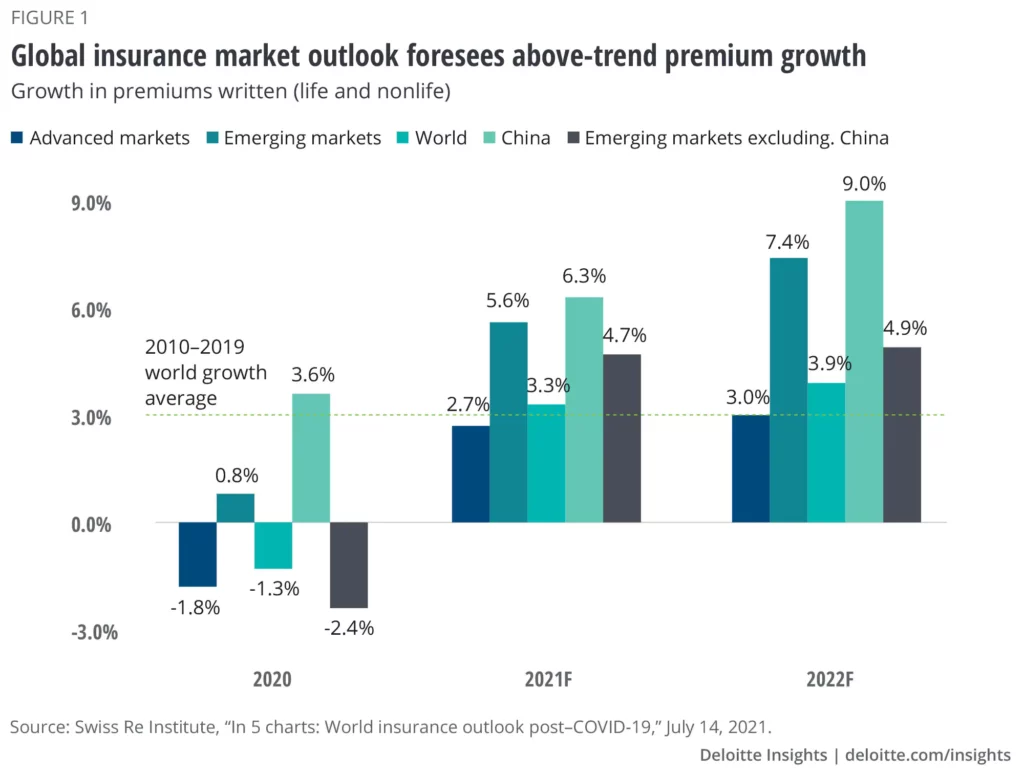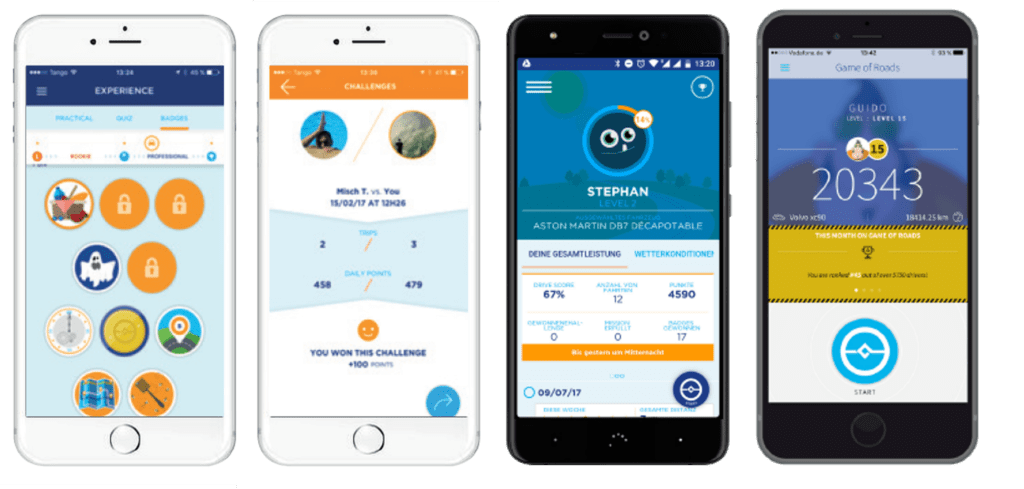Partnerships
Reward points can be redeemed as an in-game currency or used to purchase products and get discounts. To that end, consider teaming up with major retailers to offer safe drivers gift cards or entry to events (like this Australian insurer did).
Your customers could also use the points to purchase a ticket to a cinema or get a discount coupon for a buy one, get one free food offer. Other rewards include rental- and garage-related discounts, travel vouchers, and technology-related discounts. A partner program can also feature discounts on insurance products as rewards (e.g., on policy renewal, deductible, or other insurance products).
Trust us; if someone saves money on date night or gets a free weekend in a spa just by driving safely, they will appreciate your company much more. Besides, the possibility of conversations presenting your business in a positive light will radically increase.
However, when developing your partnership program, remember that you have to provide a strong incentive to make people join it. That’s why the choice of trusted, recognized partners is critical. And for the existing programs, periodically evaluate your partners and analyze what value they bring to the table. Also, remember that there are two sides to every partnership, so you also must offer incentives that the other party will appreciate.
Driver coaching
In some areas, driver’s education is not very good, and to get a driver’s license doesn’t take much skill. So the ability to coach drivers in skills they never had the chance to learn can be invaluable. Whether someone has been driving for days or years, teaching and refreshers are never bad. And with modern telematics, designing a program using training as a reward is easy as a breeze.
Let’s say that a driver is regularly struggling to get a high safety score in a particular category (e.g., on slippery roads or in the evenings). In that case, a mobile app can explain what the main risky behaviors are and provide coaching tips, that can even include suggesting a video that demonstrates the proper driving technique for that score. For example, explaining why using the brakes gradually is better than hard puts less wear on a vehicle and reduces the risk of an accident.
When preparing the coaching materials, cover the root causes for continually driving a particular way: distracted driving, anticipation, awareness of the other vehicles on the road, or general lack of proper driving techniques. Teaching safer drivers can save lives, which is a great thing. But if your company can do it, all while saving money on claims simultaneously, it is even better.








